-
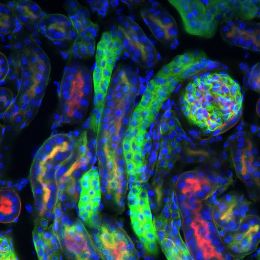 4’,6-Diamidino-2-phenylindole dihydrochloride (DAPI)Catalog Number 09224
4’,6-Diamidino-2-phenylindole dihydrochloride (DAPI)Catalog Number 09224A cationic fluorescent dye which specifically binds to adenine-thymine-rich DNA. Applications include detection of nanogram quantities of DNA in cellular homogenates, and cytofluorometric determination of the DNA base content in human chromosomes. Available in bulk quantities for OEM users at significant savings.
λ max 342nm
-
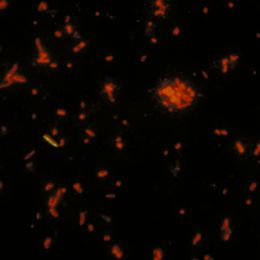 Acridine orange, C.I. 46005 (min. 95%)Catalog Number 04539
Acridine orange, C.I. 46005 (min. 95%)Catalog Number 04539DNA intercalating dye. A grade of acridine orange of exceptionally high purity, suitable for quantitative work. Free of inorganic salts. A specific stain for RNA, used as a 2% solution containing 1% lanthanum acetate in 15% acetic acid.
-
 Fluorescein, Sodium Salt, C.I. 45350Catalog Number 24997
Fluorescein, Sodium Salt, C.I. 45350Catalog Number 24997Fluorescein sodium is used extensively as a diagnostic tool in the field of ophthalmology and optometry. Topical fluorescein is used for the diagnosis of corneal abrasions, ulcers and herpetic corneal infections.
Color Index Number: 45350
(Acid Yellow, Uraine)
-
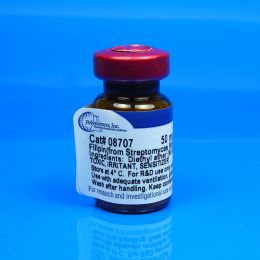 Filipin (from Streptomyces filipinensis)Catalog Number 08707
Filipin (from Streptomyces filipinensis)Catalog Number 08707Polyene antibiotic fluorochrome for cholesterol determination. Used as an antifungal agent.
-
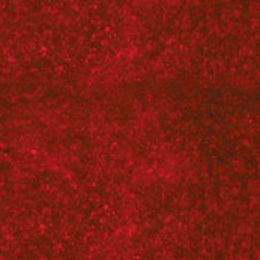 5-Cyano-2,3-di-(p-tolyl)tetrazolium chloride (CTC)Catalog Number 19292
5-Cyano-2,3-di-(p-tolyl)tetrazolium chloride (CTC)Catalog Number 19292Cyanoditolyl tetrazolium chloride has been used to measure the redox activity of tumor cells. It has also been employed for direct epifluorescent microscopic enumeration of respiring bacteria in food samples and environmental samples, especially water samples.
-
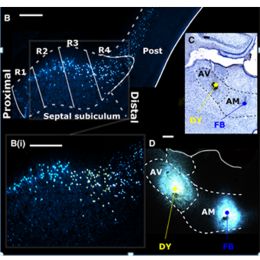 Fast Blue (FB)Catalog Number 17740
Fast Blue (FB)Catalog Number 17740Fast blue fluorescent tracer used in studies of peripheral nervous system to determine the number & origin of neurons projecting to specific area
-
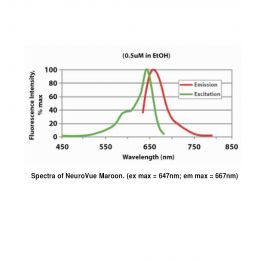 NeuroVue® Maroon - Filter Square For Neuronal Tract TracingCatalog Number 24834
NeuroVue® Maroon - Filter Square For Neuronal Tract TracingCatalog Number 24834NeuroVue® Dye Filter is useful for neuronal tract tracing studies of up to 3-4 weeks. Spectrally compatible with most fluorescent genetic tags, and NeuroVue® Red, Orange & Emerald. 1cm2 filter coated with the lipophilic far red emitting dye, NeuroVue® Maroon (ex max=647nm; em max=667nm).
-
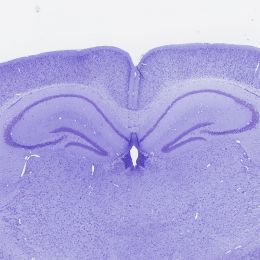 Cresyl violet acetate, certifiedCatalog Number 21063
Cresyl violet acetate, certifiedCatalog Number 21063(9-Amino-5-imino-5H-benzo[a]phenoxazine acetate salt) Cresyl Violet Acetate is a certified solid dye used for the preparation of a staining solution to demonstrate the presence of Nissl substances in neurons and cell nuclei.
-
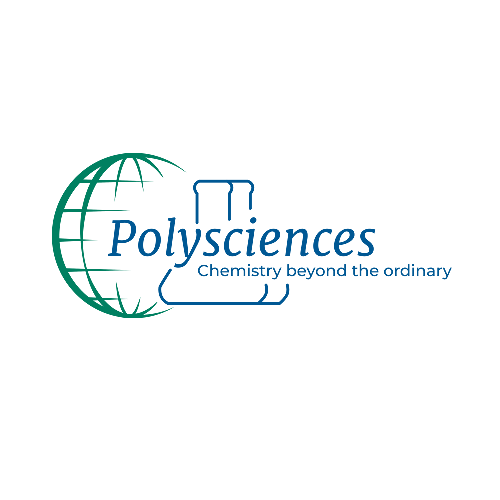 Dextran, FITCCatalog Number 15759
Dextran, FITCCatalog Number 15759Fluorescein isothiocyanate (FITC) labeled Dextrans are valuable materials for studying permeability and microcirculation in vivo. These are used to trace neuronal projections and active transport in live and unfixed tissue and as neuronal tracers in a variety of species.
-
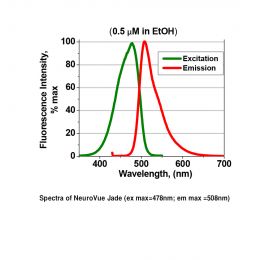 NeuroVue® Jade SolidCatalog Number 25687
NeuroVue® Jade SolidCatalog Number 25687For tracing neuronal connections. Dye can be melted or dissolved in solvent then be used for application into small injection sites.
1 mg of solid dye can be formulated as desired for application.(ex max= 478nm and em max=508nm)
-
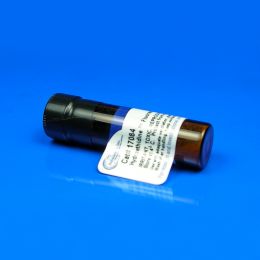 Hydroethidine™ (Dihydroethidium bromide)Catalog Number 17084
Hydroethidine™ (Dihydroethidium bromide)Catalog Number 17084Reduced ethidium bromide. A vital stain. Enters and stains living cells without cellular trauma.
-
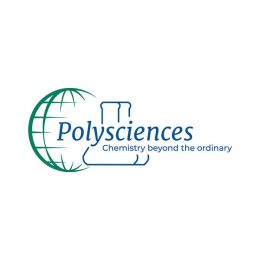 Osmium ammine-BCatalog Number 21033
Osmium ammine-BCatalog Number 21033Stable DNA stain.
-
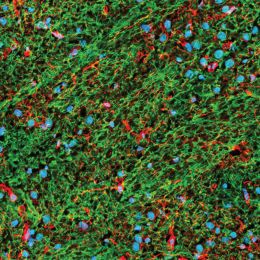 Bisbenzimide (Hoechst 33258)Catalog Number 09460
Bisbenzimide (Hoechst 33258)Catalog Number 09460Fluorescent chromosome stain. Recommended use is 10mg/ml for 2-10 minutes. This will vary based on section thickness.
(2’-[4-Hydroxyphenyl]-5-[4-methyl-1-piperazinyl]-2,5’-bi-1H-benzimidazole trihydrochloride pentahydrate; Hoechst 33258)
-
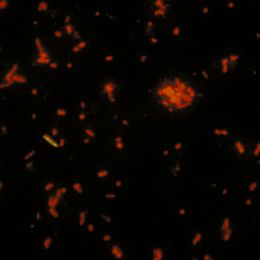 2% Acridine Orange, Ready-to-UseCatalog Number 24603
2% Acridine Orange, Ready-to-UseCatalog Number 24603DNA intercalating dye. A grade of acridine orange of exceptionally high purity, suitable for quantitative work.
-
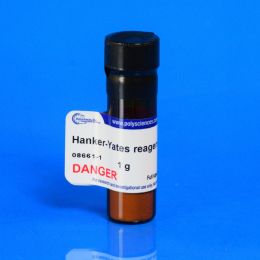 Hanker-Yates reagentCatalog Number 08661
Hanker-Yates reagentCatalog Number 08661A specific, sensitive and non-carcinogenic chromogen for immunoperoxidase techniques. Contains p-phenylenediamine and pyrocatechol. Gives a blue reaction product.
-
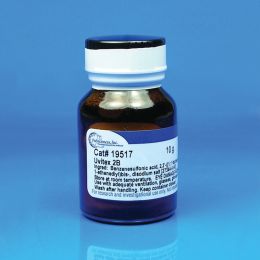 Uvitex 2BCatalog Number 19517
Uvitex 2BCatalog Number 19517Uvitex 2B fluorescent dye will bind to the chitin in fungal walls and is highly selective for fungi and algae in tissue sections. It has a slower fade rate than more commonly used fungal fluorescent dyes.
-
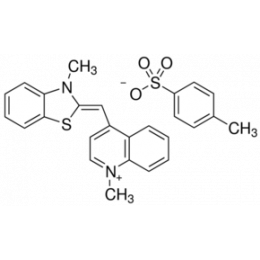 Thiazole orangeCatalog Number 19352
Thiazole orangeCatalog Number 19352Fluorescent dye for reticulocyte analysis. Also useful for Plasmodium species analysis.
λ max: 512nm
-
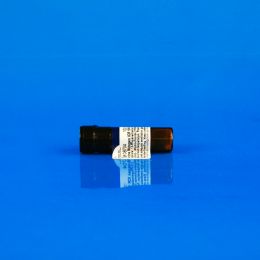 Acridine mutagen ICR 191Catalog Number 08704
Acridine mutagen ICR 191Catalog Number 08704Frameshift mutagenic standard for Ames test in Salmonella and E. Coli.
([6-Chloro-9-(3-[2-chloroethylamino]propylamino)-2-methoxyacridine] dihydrochloride; ICR 191 Acridine mutagen; Ames mutagen 191)
-
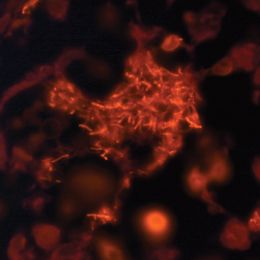 TB Fluorostain KitCatalog Number 22422
TB Fluorostain KitCatalog Number 22422Fluorochrome staining of mycobacteria in an acid-fast smear offers several advantages over traditional carbol-fuchsin methods. Lower magnification is required; fluorescent mycobacteria stand out brightly on a darkened background. Smaller numbers of mycobacteria are easily identified with a fluorescent stain.
-
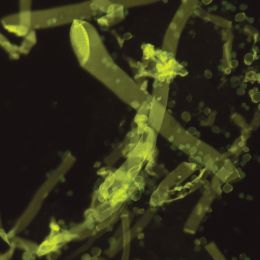 Fungi-Fluor® Kit for Fungal Detection (for U.S. & outside of Europe orders)Catalog Number 17442
Fungi-Fluor® Kit for Fungal Detection (for U.S. & outside of Europe orders)Catalog Number 17442The Fungi-Fluor® Kit for Fungal Detection offers a quick fluorescent stain/counterstain procedure for various fungal organisms. The kit can be used to screen a variety of specimen types, such as sputum and skin scrapings, for fungal detection.
-
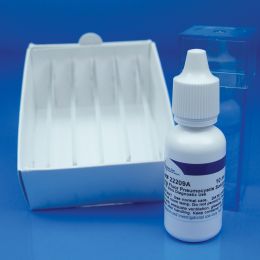 Fungi-Fluor® Pneumocystis Kit (for U.S. & outside of Europe orders)Catalog Number 22363
Fungi-Fluor® Pneumocystis Kit (for U.S. & outside of Europe orders)Catalog Number 22363Pneumocystis jiroveci (previously named P. carinii) is an organism that can cause Pneumocystis carinii pneumonia (PCP) in immunocompromised patients. PCP, long associated with morbidity and mortality with HIV-infected (AIDS) patients, is now increasing in prevalence among the non-HIV infected immunosuppressed population. Early detection allows the introduction of appropriate treatment and may improve chances of patient survival. The Fungi Fluor® Pneumocystis kit offers a fast, fluorescent staining procedure for Pneumocystis carinii in bronchial specimens.
Product is for research use only in Europe.
-
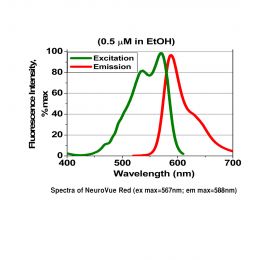 NeuroVue® Red - Filter Square For Neuronal Tract TracingCatalog Number 24835
NeuroVue® Red - Filter Square For Neuronal Tract TracingCatalog Number 24835NeuroVue® Dye Filter is useful for neuronal tract tracing studies of up to 3-4 weeks. Spectrally compatible with eGFP, YFP in many systems, and NeuroVue® Maroon & Jade. Spectral unmixing required for use with NeuroVue® Orange. 1 cm² nylon filter coated with the lipophilic red emitting dye, NeuroVue® Red. Typical dye loading: 11-14nmoles/mm².
-
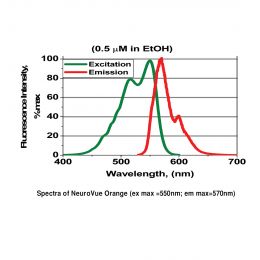 NeuroVue® Orange - Filter Square For Neuronal Tract TracingCatalog Number 24836
NeuroVue® Orange - Filter Square For Neuronal Tract TracingCatalog Number 24836NeuroVue® Dye Filter is useful for neuronal tract tracing studies of up to 3-4 weeks. Spectrally compatible with eGFP and YFP in many systems, and NeuroVue® Maroon, & Jade. Spectral unmixing required for use with NeuroVue® Red. 1cm² filter coated with the lipophilic reddish orange emitting dye, NeuroVue® Orange (ex max=550nm; em max=570nm).
-
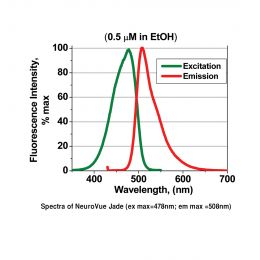 NeuroVue® Jade - Filter Square For Neuronal Tract TracingCatalog Number 24837
NeuroVue® Jade - Filter Square For Neuronal Tract TracingCatalog Number 24837Useful for neuronal tract tracing studies of up to five days. Spectrally compatible with NeuroVue® Maroon, Orange & Red. 1cm² nylon filter coated with the lipophilic green emitting dye, NeuroVue® Jade.
Typical dye loading: 22-30 nmoles/mm,sup>2.
-
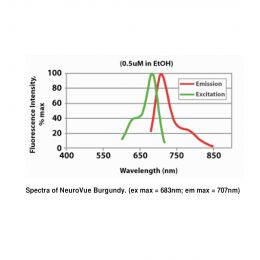 NeuroVue® Burgundy - Filter Square For Neuronal Tract TracingCatalog Number 24838
NeuroVue® Burgundy - Filter Square For Neuronal Tract TracingCatalog Number 24838Useful for tract tracing studies of up to 7 days. Spectrally compatible with most fluorescent genetic tags and NeuroVue® Red, Orange, Jade. Spectral unmixing required for use with NeuroVue® Maroon. 1cm² filter coated with lipophilic far red emitting dye, NeuroVue® Burgundy (ex max=683nm; em max=707nm).
-
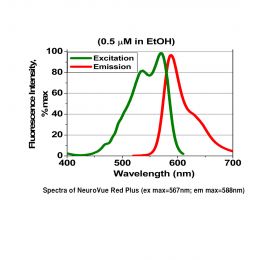 NeuroVue® Red Plus - Filter Square For Neuronal Tract TracingCatalog Number 24906
NeuroVue® Red Plus - Filter Square For Neuronal Tract TracingCatalog Number 24906Useful for tract tracing studies of up to 3-4 weeks. Spectrally compatible with eGFP, YFP in many systems, and NeuroVue® Maroon and Jade. Spectral unmixing required for use with NeuroVue® Orange. NeuroVue® Red Plus provides faster and more efficient neuron labeling with higher dye loading than standard NeuroVue® Red filter square.
1 cm2 nylon filter coated with the lipophilic red emitting dye, NeuroVue Red.
Typical dye loading: 18-21nmoles/mm2.
-
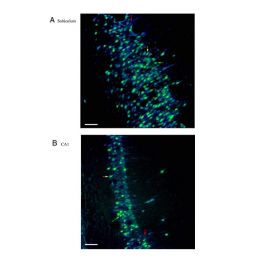 True Blue (TB) Diaceturate SaltCatalog Number 26272Inquire for availability.Phone: 1(800)523-2575Email: [email protected]True Blue (TB) is a fluorescent retrograde tracer used in experimental studies of the peripheral nervous system to determine the number and origin of neurons projecting to a specific area.
True Blue (TB) Diaceturate SaltCatalog Number 26272Inquire for availability.Phone: 1(800)523-2575Email: [email protected]True Blue (TB) is a fluorescent retrograde tracer used in experimental studies of the peripheral nervous system to determine the number and origin of neurons projecting to a specific area.
Neuroscience
